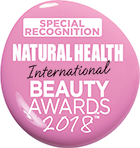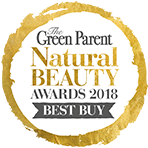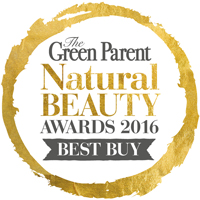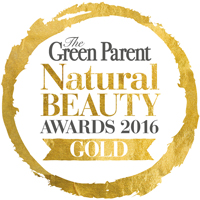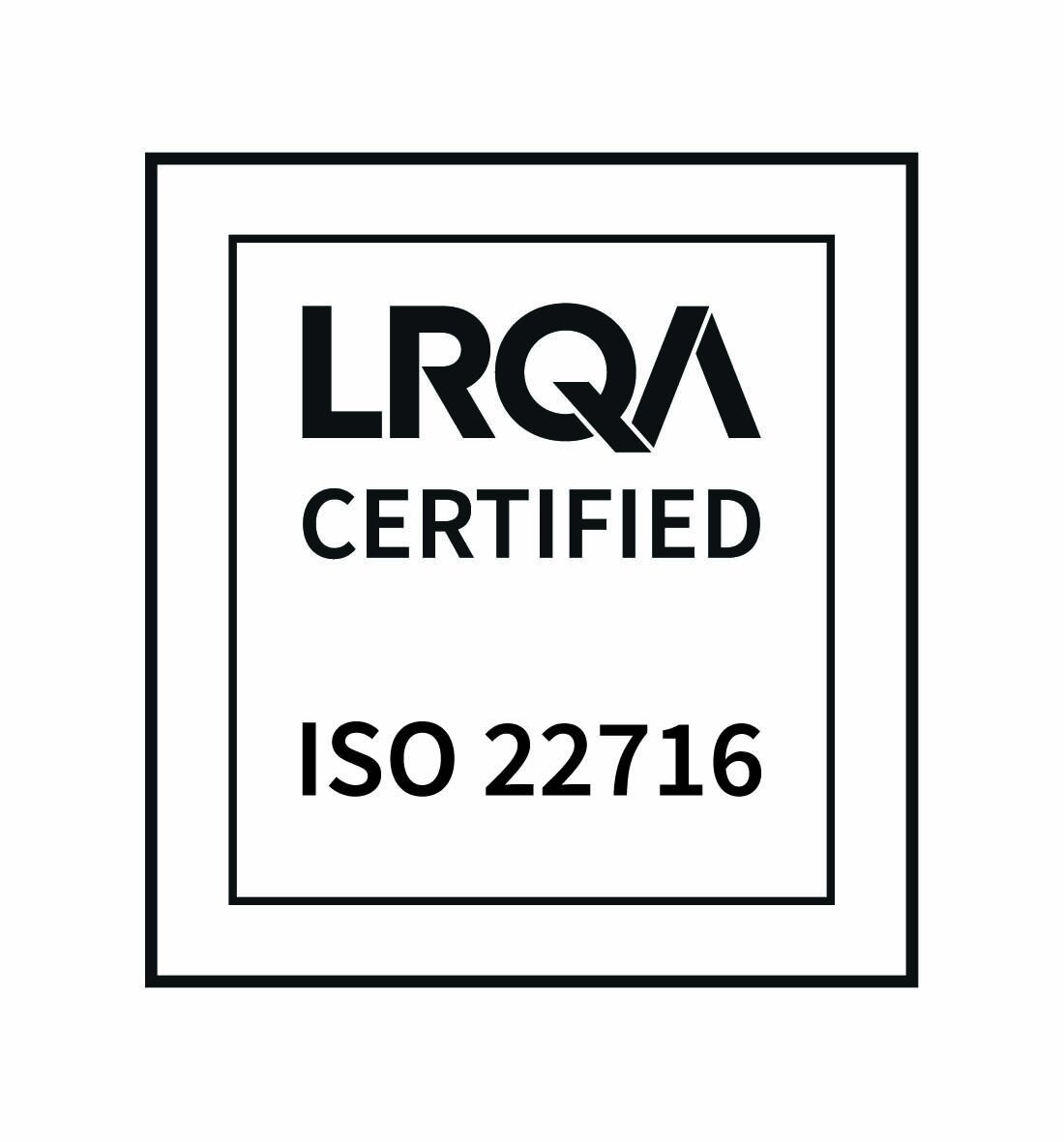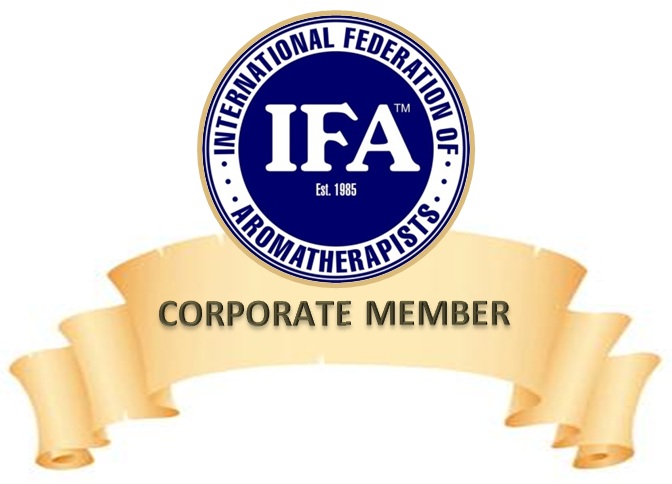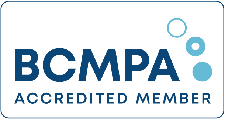There are a number of ways in which the properties and benefits of essential oils can be harnessed. The most popular methods are to burn or vaporise them or add them to a base oil, lotion or cream for massage and skincare treatments. There’s a lot of mystique around essential oils, and whilst care should always be taken, it’s actually very simple to use essential oils at home. There are lots of recipes elsewhere in this book. This section is aimed at giving you a basic understanding of some of the different ways of using essential oils.
Burning & Vaporising
 Oils can be burned simply by adding water and a few drops of oil to a saucer and then gently warming the saucer using a candle placed underneath. However, this may not be the safest option (especially if there are animals or small children around) so you may prefer to buy a specifically designed device.
Oils can be burned simply by adding water and a few drops of oil to a saucer and then gently warming the saucer using a candle placed underneath. However, this may not be the safest option (especially if there are animals or small children around) so you may prefer to buy a specifically designed device.
There are hundreds of different burners available. They are all based around the same basic idea. A bowl is suspended above a candle so the water and the oil are gently warmed. This releases the properties of the oils into the atmosphere allowing everyone in the vicinity to benefit.
You’ll want to make sure that the device is sturdy and won’t wobble or fall over. The bowl shouldn't be too close or too far away from the heat source. Most burners use small nightlight or tea light candles.
Vaporisers are probably the safest option when children or pets are present. There is no naked flame and they are easy to clean and maintain. They normally consist of a small basin in which the water and oils are placed. This is heated by an element which gently warms the blend.
The amount of oils used is down to the individual. A small number of oils are not suitable for burning – always check if you are unsure. The best way to start out is with a small number of drops. You can always add more if you feel that the blend is not strong enough.
Another popular way to benefit from essential oils is in a steam inhalation. This is especially effective when dealing with sinus problems or colds etc. Simply boil some water, place it in a bowl and then add 10-15 drops of essential oils. Eucalyptus and Tea Tree are most commonly used in this way.
Allow the water to cool for 5 minutes or so (freshly boiled water produces steam so hot that it can actually damage the nasal passage), then place a towel over your head and inhale deeply through your nose before breathing out through your mouth. The longer you can manage to do this for the better the results.

Massage Treatments
Creating your own basic massage blends is also fairly straightforward. The most important thing here is getting the ratio of essential oils to base oil right. First of all you should check that the essential oil(s) you want to use are safe for application to the skin.
The vast majority of essential oils are safe for this purpose. The maximum recommended ratio for most oils is 5% (some are much less – 1-2%. Always check the recommended ratio for each oil before you use it for the first time). This means that if you are using 100mls of base oil then you need to add a total maximum of 5mls of essential oils.
So, if you were planning a blend of Chamomile and Lavender for a nice, relaxing massage you would add 2.5mls of each oil to 100mls of base oil.
The most commonly used base oil is Sweet Almond followed by Grapeseed. Add the essential oils to your base oil (preferably in a dark glass bottle as this will help the blend to keep longer) and give it a good shake to ensure it is thoroughly blended.
There are different methods of massage depending on the ailment you are trying to remedy. The main thing to remember is to maintain contact between the hands and the body at all times.
Most home massages will be aimed at relaxing the person being massaged. Simply add a few drops of your massage blend to the area of the body you are massaging. Then place a few drops on your hands, rub them together and then start to massage.
You will need to communicate with the person you are massaging to establish how hard or soft they like to be massaged. We’ll take a back massage as an example.
Start at the bottom of the area you are massaging and work upwards. Use both hands and continue to massage until you feel the blend has been sufficiently absorbed by the body. Repeat until your “patient” feels that they've had enough.
If you are massaging the arms or legs then it's generally best to work towards the heart. This encourages the blood flow to circulate much more efficiently and means that you are working with the natural path of the flow of blood rather than against it.

Skincare
There is an essential oil for pretty much every skin complaint or problem. Take 50g of an unscented base cream and add between 4-20 drops of essential oil depending on the oils you are using, your age and the results you are trying to achieve. Mix thoroughly before each use. The younger the user of the cream the less oil is required. You should also use less oil if you are pregnant.

Some other ways to use Essential Oils
Another popular method is to add essential oils to a nice warm bath. It’s easy to create a bath suitable to your mood. You might want to deeply relax, or you may feel the need to be reinvigorated or uplifted.
Choose your oils and then add a few drops to a tablespoon of milk. This helps the oils to disperse in the water. Alternatively you can create your own bath salts. Take some Epsom, Sea or Dead Sea Salts, soak them in 7-10 drops of essential oil(s) and add to the running tap water.
Essential oils can also be added to most humidifiers. Simply add a few drops of oil to the water in the humidifier. The oils will be dispersed into the atmosphere. This is a great way of using essential oil with kids as there is no naked flame etc.
A compress is another very effective way of applying oils to the body especially in cases of pain in the muscles or joints including menstrual cramps. Add 3-8 drops of oil to a bowl of warm water.
Mix together well then float a soft cloth or flannel on the surface of the water. Wring it out, then press as firmly as the pain will allow on the affected area. Repeat when the cloth has cooled and as many times thereafter as you feel is necessary.
If you are lucky enough to have access to a Jacuzzi then essential oils can be added to the water. Simply add 2-5 drops per person.
Around the House

Most of the citrus oils – particularly Lime and Lemon – make a great alternative to the chemical packed cleaning products most people use. Simply dilute 5-10 drops of each in boiled water that has been allowed to cool and use to clean tops and work surfaces in the same way you would your normal cleaner.
Lemon is also great for cleaning windows and mirrors.
Diluted Tea Tree is a great way to clean away patches of mould or mildew and will also help to prevent it recurring as quickly as it might otherwise.
Lavender is another great oil to use for cleaning. You can either make up your own blend or simply add it to your existing washing liquid to enhance the antiseptic and antibacterial action.
There are many other ways in which essential oils can be used. A quick search on the internet will produce hundreds of recipes using dozens of different techniques so you will be able to quickly find a solution to your particular problem.










